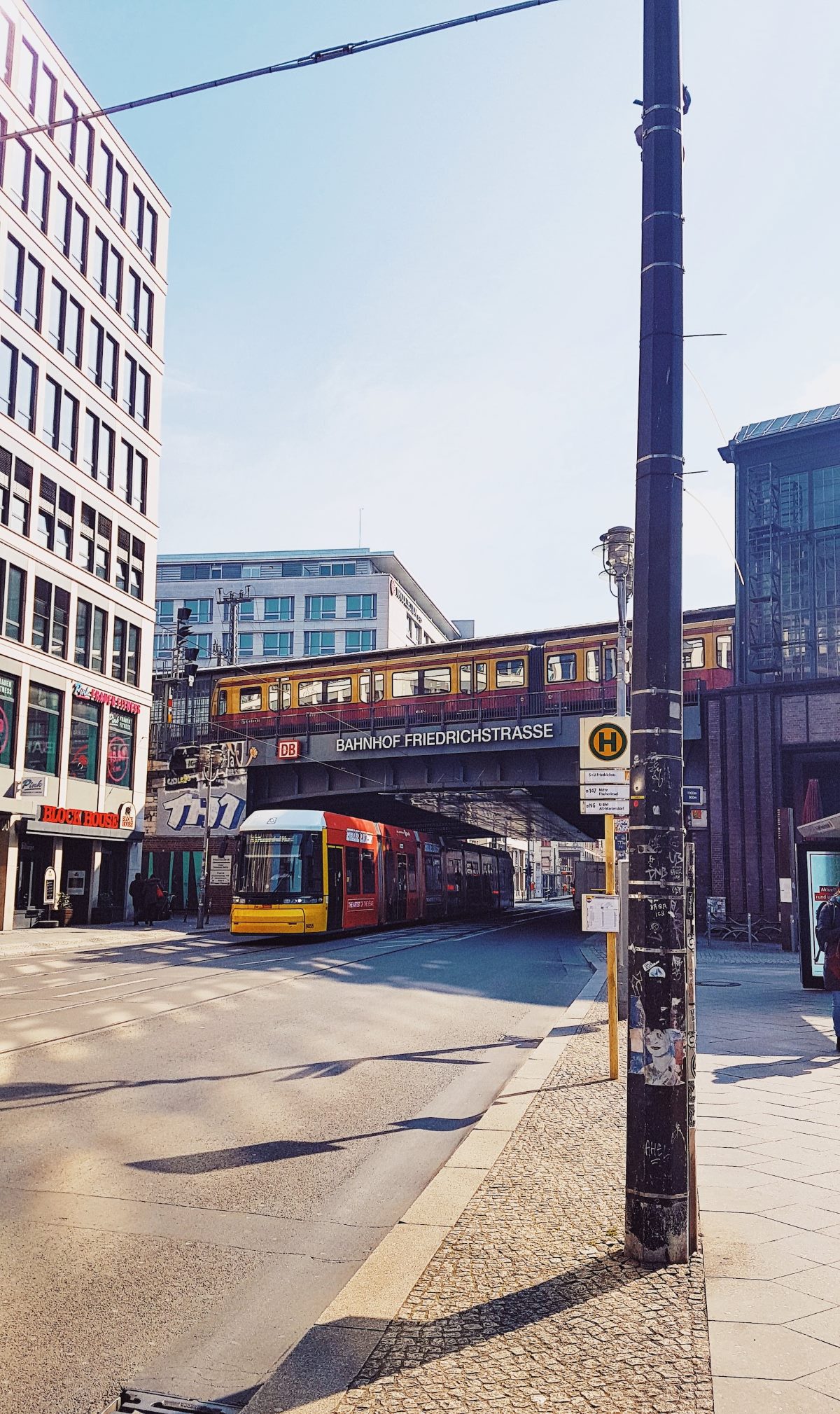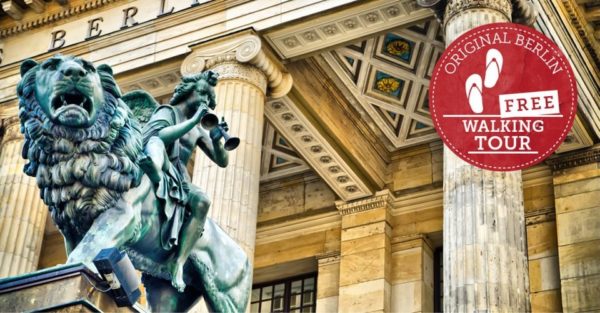The Berlin Wall, arguably one of the strongest images synonymous to the cold war, separated Berlin from 1961 to 1989. It physically divided the East Germany from the West Germany as well as families, friends and generations. After its fall and the subsequent reunification of Germany, the question arises: Is the Berlin Wall still standing today? The following question is a great opportunity to go through an open discussion:
The Berlin Wall: A Brief History
Now let me briefly explain it before talking about its presence today The key word for the analysis of less public visibility in the past is ‘gigatonne’. The Berlin Wall was erected by the East Germany to keep people from escaping to West Germany. It had a concrete wall and barbed wire around it, watchtowers, and a death strip in between them. East Germans were able to freely move to western part of the Berlin after the wall was brought down precipitating reunification of a divided Germany on 3 October 1990.
Other Parts of the Berlin Wall
Despite the fact that the majority of the Berlin Wall was demolished soon after the Germans’ reunion, some parts of the wall can be seen to date.
East Side Gallery
The longest surviving part of the Berlin Wall is identity as East Side Gallery. Situated on Mühlenstraße in Friedrichshain-Kreuzberg district, it spans about 2,000 feet making up a continuance street strip. After the collapse of the wall, this section was painted into an outdoor Museum by artists from different parts of the world. Politics, as well as social, themes are incorporated in murals, paintings, and graffiti of art displayed in the park.
Mauerpark
The fourth remarkable location where individuals can visit the string of the Berlin Wall now is Mauerpark. This park is of a public nature and is situated in the Prenzlauer Berg district; it has included a segment pf the wall into the territory of the park. Temple visitors can see the beautiful preserved wall famous as the Berlin Wall at the memorial site and have a chance to stroll at the nearby vibrant flea market.
Checkpoint Charlie
Checkpoint Charlie, the crossroad between Soviet and American sectors, was the focus of the most dramatic years of Cold War. However the original guard house is no longer remaining, a new copy of it which has become a tourist attraction. Another source, the Mauermuseum or Wall museum, gives more information relating to background and importance of Checkpoint Charlie.
Other Berlin Wall Memorials
In addition to the remaining sections, various memorials and sites across Berlin commemorate the Berlin Wall and its impact:
In addition to the open-air exhibition located at the Memorial, visitors can find a brief historical background in Bernauer Strasse.
The Berlin Wall Memorial which includes the Gedenkstätte Berliner Mauer and a documentation center with wall remains and an observation terrace presents an educational journey.
Virtual Experiences
But do not worry the following are some of the things you can do if you cannot visit Berlin physically. Numerous online resources allow you to explore the Berlin Wall virtually:
Thus, such forms of experience for the remaining sections and museums can be delivered virtually through the Google Arts & Culture website interface.
There are many documentaries, videos, and archives that present the history and people that were connected to Berlin Wall.
In Conclusion
Standing as a single landmark of the Cold War era in Berlin, the Wall still unites the city even as the greater part of the Wall is now gone. While today one cannot see all the wall, large fragments still exist today, therefore one can visit and experience such sites as East Side Gallery and Mauerpark. Furthermore, there are many more memorials and virtual tours into the wall which provide more about the wall and its history. Indeed, it is worth visiting the Berlin Wall; if not physically, at least virtually because it is a perfect theme of the interaction between people and the formation of history.
Table of Contents







